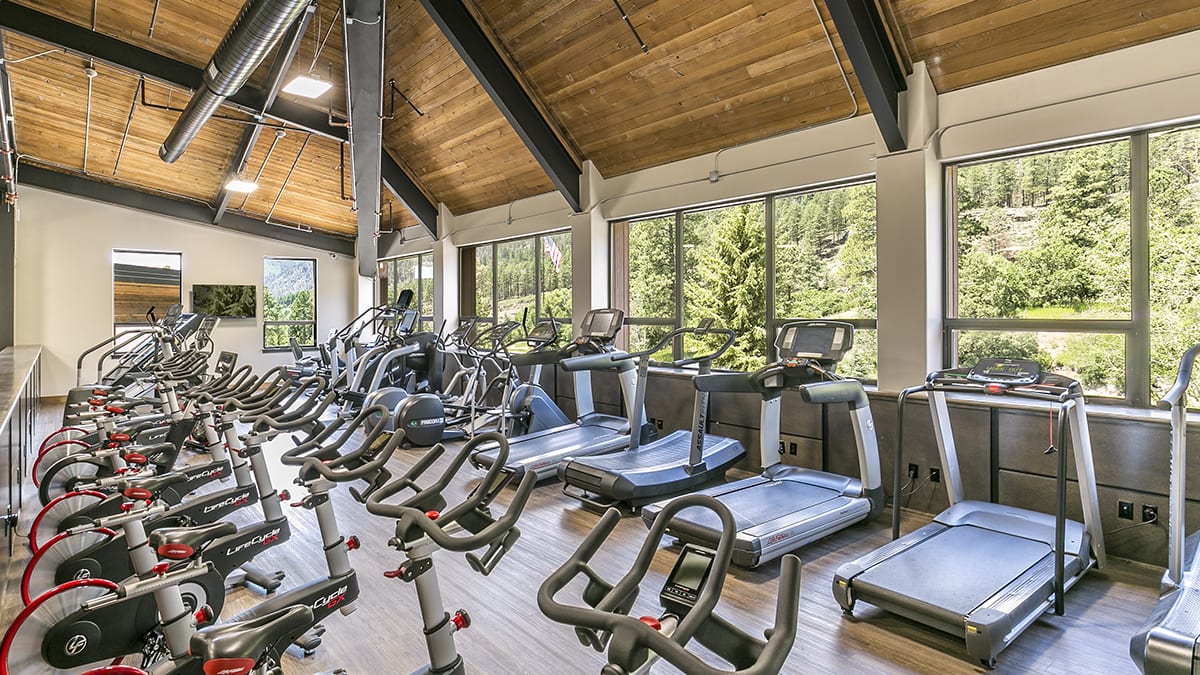

This initially causes the blood to become less oxygen-rich as it travels to the muscles, which in turn, slows performance down. It can help you avoid life-threatening conditions like high-altitude pulmonary edema. When running at high altitudes, the amount of oxygen getting to the muscles decreases. While training, get in the routine of periodically asking yourself “what does my body need right now?” Understanding what your body is telling you is crucial to success at altitude. You need to learn and understand what happens to your body at altitude so you can truly understand the difference between discomfort and danger.
#High altitude fitness how to
Mental training as it relates to high-altitude training goes far beyond the “teach yourself how to suffer” mentality. Believe it or not, some of the best high-altitude mountaineers are yogis. Learn how to control your breathing while under intense physical distress and practice techniques such as pressure breathing. Stay light with the weight and move fast! To prepare, add at least two high-intensity workouts a week to build your lung capacity.

While at altitude you are reduced to a walking lung. The advantages of long trail runs are two-fold you build endurance and mental toughness while improving your high-altitude fitness. However, a little speed hiking in your local mountains when you can won’t hurt either.

Unless your objective involves intense technical climbing or speed ascents, your best bet is to spend the bulk of your high-altitude training logging miles on your feet. Here are some practical tips on how to train for high-altitude: (One more thing- whatever you do, don’t be the guy or girl who wears one of those oxygen deprivation masks while on the stair stepper. Fitness testing We used a modified two-step physical working capacity test to evaluate cardiorespiratory fitness, which predicted the workload at an HR of 170 beats per minute (PWC170) 22. High-altitude fatigue was defined if fatigue scoring was 1 or more. Oh and another thing, whether or not your body is actually capable of adjusting to high-altitude is mostly genetic. In brief, high-altitude fatigue was scored on a scale from 0 to 3. It is a natural process you can’t rush it or take short-cuts (unless you buy a high-altitude chamber, which in my opinion totally misses the point). In other words, unless you spend the days leading up to your trip living in the high mountains, and then take a helicopter directly to your objective, there is nothing you can do to physiologically prepare for the climb. There is no process by which one can naturally acclimatize, or adjust to high altitudes, that doesn’t involve physically being at altitude. Let’s start by clearing up one of the more common misunderstandings when it comes to high-altitude training. Evans, you’re going to need to improve your high-altitude fitness, the question is, how? You’ve signed the dotted line and in a few short months you’re strapping on your boots and heading “into thin air.” Whether it is climbing Mt. High-altitude training is important for proper fitness and to avoid health risks like high-altitude pulmonary edema.


 0 kommentar(er)
0 kommentar(er)
